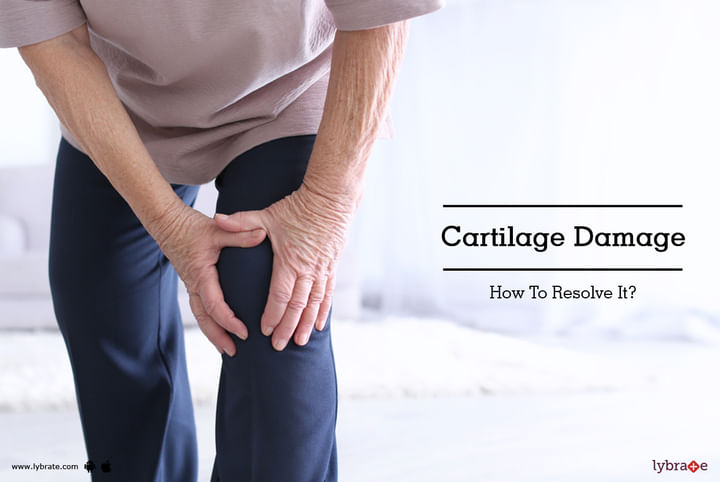Cartilage Damage - How To Resolve It?
Have you undergone cartilage damage recently and are seeking ideal treatment measures? Cartilage damage is a common form of injury that involves your knees. Other joints such as the ankles, elbows and hips may also be affected by cartilage damage. Cartilage, the tough and flexible tissues covering the surface of your joints, acts as a shock absorber, allowing the bones to slide over each other. Cartilage damage may occur because of injuries such as gradual wear, sports injuries and osteoarthritis. While acute cartilage damage may heal on its own, severe damage may need treatment via surgical measures.
Treatment
Physiotherapy
- Physiotherapy is effective when you experience difficulty in moving your affected joint.
- It is also an important part of recovery if you have to undergo surgical procedures for treating cartilage damage.
- A physiotherapist will teach you certain exercises that are effective for strengthening the muscles that surround and support your affected joint.
- This helps in reducing pain and pressure on the joint.
Surgery
- Severe and serious cartilage damage does not heal effectively on its own, and surgery may be required for treatment.
- Usually, surgery is performed by using Arthroscopy. This is a form of keyhole surgery in which certain instruments are inserted into your affected joint via incisions or small cuts.
- In some cases, larger incisions have to be made.
- Such surgeries are carried out after giving general anesthesia to the patient.
The most common surgeries that are undertaken in cases of cartilage damage include the following:
Lavage and debridement
- In this form of surgery, your joint is cleaned for the removal of any loose tissues.
- The damaged edges are trimmed to be made smooth. Sometimes, the damage may also be repaired at the same time.
Marrow stimulation
- In this procedure, tiny holes are made on the bone beneath your damaged cartilage that releases the bone marrow in it.
- The marrow cells stimulate the production of new cartilage.
Mosaicplasty
- In this procedure, small plugs of healthy cartilage from areas of a joint that are non-weight bearing are removed and used for replacing areas of the affected cartilage.
Osteotomy
- This procedure involves the alteration of the alignment of your leg for reducing pressure on the damaged area.
- It is effective in improving pain.
- A wedge of bone may be removed or added from your thigh bone or shin bone.
- The bone gets fixed with a plate until it gets healed.
In some cases, joint replacement surgery has to be carried out. In this procedure, the entire affected joint is removed and replaced with an artificial joint. Hip replacement and knee replacement are common examples of this kind of surgery.



+1.svg)
